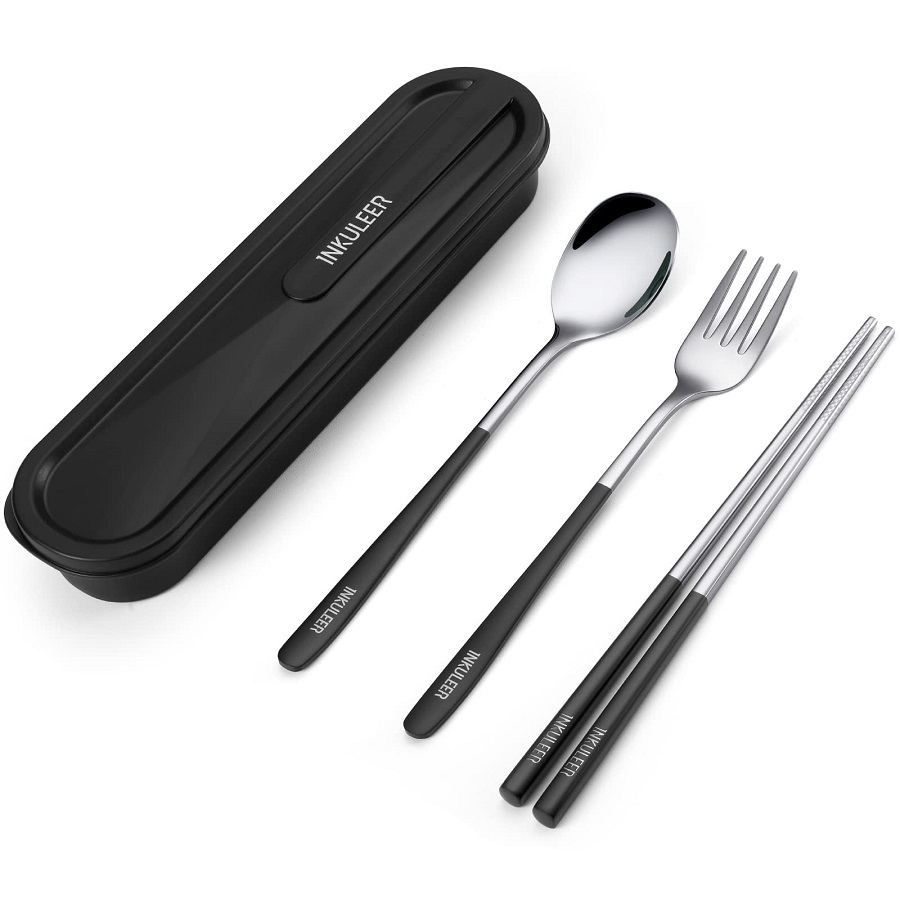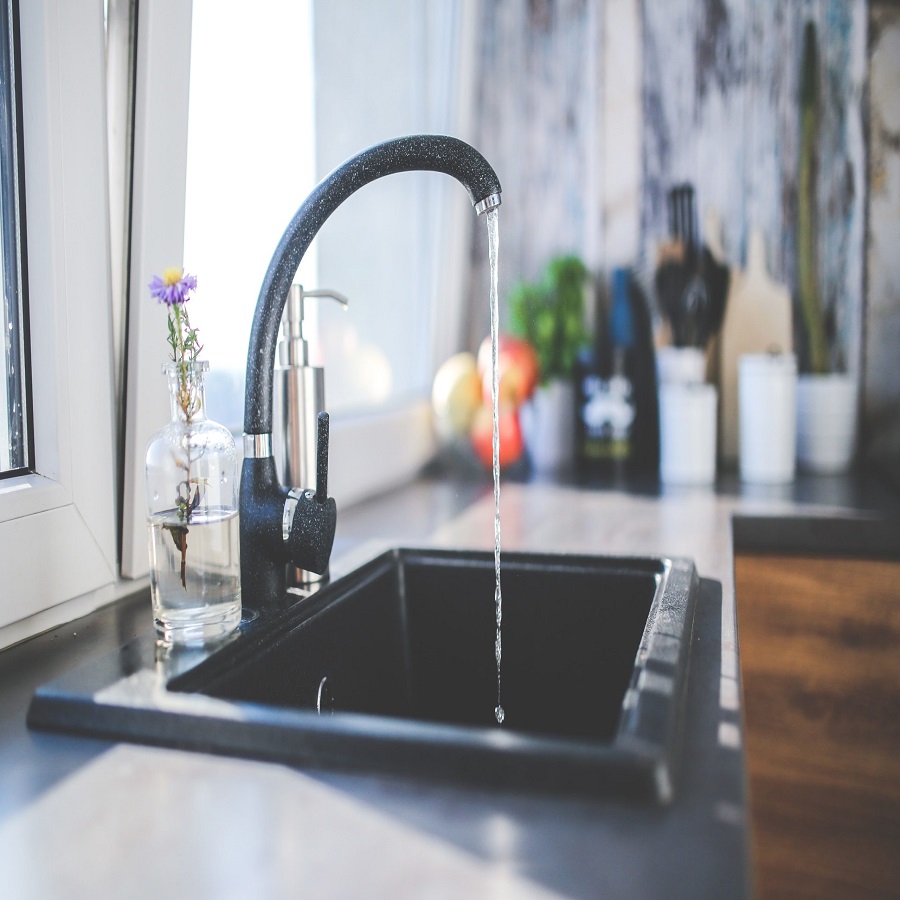 Introduction:
Introduction:
A kitchen faucet water filter is a valuable addition to any kitchen, providing clean and filtered water for drinking, cooking, and other everyday needs. With concerns about water quality and contaminants, a faucet water filter offers convenience and peace of mind. In this comprehensive guide, we will explore the benefits, types, installation, and maintenance of kitchen faucet water filters. From understanding filtration mechanisms to choosing the right filter for your needs, we will cover everything you need to know about this essential kitchen accessory.
Various materials and trends to consider.
When it comes to kitchen faucet water filters, there are various materials, types, and trends to consider. Here is an overview:
Materials:
Plastic: Many faucet water filters are made of plastic. It is lightweight, affordable, and easy to install. However, some people prefer to avoid plastic due to concerns about potential leaching of chemicals.
Stainless Steel: Some high-end faucet water filters feature stainless steel construction. Stainless steel is durable, resistant to corrosion, and offers a sleek, modern look. It is also considered a hygienic material for water contact.
Popular Trends:
Multi-Stage Filtration: Many modern kitchen faucet water filters feature multiple filtration stages. These systems combine different filter media to address specific contaminants and provide superior water quality.
Compact Design: Compact and space-saving faucet water filters are becoming increasingly popular. These filters are designed to fit easily onto most faucets without obstructing the sink area.
Smart Features: Some advanced faucet water filters now offer smart features, such as filter life indicators, digital displays, or Wi-Fi connectivity. These features help users monitor the filter’s performance and track filter replacement schedules.
Eco-Friendly Options: With growing environmental concerns, eco-friendly faucet water filters are gaining popularity. These filters may focus on reducing plastic waste by using refillable cartridges or opting for biodegradable filter materials.
When choosing a kitchen faucet water filter, consider your specific water quality needs, preferences, and budget. Research different brands, read product reviews, and ensure the filter you select meets the necessary certifications or standards for effective filtration.
Benefits of Kitchen Faucet Water Filters:
Improved Water Quality:
Faucet water filters effectively remove impurities and contaminants, improving the taste, odor, and clarity of the water.
They can remove common contaminants such as chlorine, lead, bacteria, and sediments.
Convenience:
Having a faucet water filter eliminates the need for purchasing and storing bottled water.
Filtered water is readily available at the kitchen sink, making it convenient for drinking, cooking, and other household activities.
Cost-Effectiveness:
Faucet water filters are a cost-effective alternative to buying bottled water.
They have a longer lifespan and can filter a significant amount of water before needing replacement.
Types of Faucet Water Filters:
Carbon Filters:
Carbon filters are popular and effective for reducing chlorine, odors, and some organic contaminants.
They use activated carbon to adsorb impurities and improve water quality.
Reverse Osmosis Filters:
Reverse osmosis filters use a semi-permeable membrane to remove a wide range of contaminants, including heavy metals, bacteria, and viruses.
They provide highly purified water but may have slower flow rates and require professional installation.
Ceramic Filters:
Ceramic filters work by trapping and removing sediments, bacteria, and parasites from the water.
They are effective for improving water clarity and removing larger particles.
UV Filters:
UV filters use ultraviolet light to disinfect water by killing bacteria, viruses, and other microorganisms.
They are often used in combination with other filters for comprehensive water treatment.
Installation and Maintenance:
Installation Process:
Most faucet water filters are easy to install and do not require professional assistance.
They typically attach directly to the existing faucet, using adapters or connectors provided in the filter package.
Filter Replacement:
Regular filter replacement is crucial to maintain optimal performance and ensure clean water.
Follow the manufacturer’s instructions for filter replacement intervals, which may vary depending on the filter type and usage.
Filter Longevity:
The lifespan of a filter depends on the quality of the water being filtered and the filter’s capacity.
Some filters may last for several months, while others may need replacement more frequently.
Considerations in Choosing a Faucet Water Filter:
Filter Certification:
Look for filters that are certified by reputable organizations, such as NSF International, to ensure they meet rigorous quality and performance standards.
Filter Capacity:
Consider the filter’s capacity to determine how much water it can effectively treat before needing replacement.
Choose a filter with a capacity that suits your household’s water consumption.
Flow Rate:
Check the filter’s flow rate to ensure it provides sufficient water for your needs.
Some filters may have slower flow rates, which can be a consideration for larger households or those with higher water demands.
Filter Compatibility:
Ensure that the chosen filter is compatible with your existing faucet.
Some filters come with multiple adapters or fittings to accommodate different faucet types.
Here are the general steps to clean a kitchen faucet water filter:
Cleaning a kitchen faucet water filter is important to maintain its performance and prolong its lifespan.
Turn off the Water Supply: Before starting the cleaning process, turn off the water supply to the filter. This may involve shutting off the main water valve or closing the valve specifically for the filter, depending on your setup.
Disassemble the Filter:
Take apart the components of the water filter according to the manufacturer’s instructions. This typically involves removing the filter cartridge, filter housing, and any other removable parts.
Rinse the Components:
Rinse each component of the filter thoroughly under running water to remove any debris, sediment, or contaminants that may have accumulated. Use your fingers or a soft brush to gently scrub the surfaces if necessary.
Soak in Vinegar Solution:
Prepare a solution of water and white vinegar in a ratio of 1:1. Submerge the filter components in this solution and let them soak for at least 30 minutes. Vinegar helps to remove mineral deposits and disinfect the filter.
Scrub and Rinse Again:
After soaking, use a soft brush or sponge to scrub the components, paying attention to any areas with stubborn deposits. Rinse each part thoroughly under running water to remove any remaining vinegar solution and loosened debris.
Reassemble the Filter:
Once all the components are clean and dry, reassemble the filter according to the manufacturer’s instructions. Ensure that each part is securely fitted and aligned correctly.
Flush the Filter:
Before turning the water supply back on, it’s important to flush the filter to remove any trapped air or residual cleaning solution. Let the water run through the filter for a few minutes, allowing it to flow freely and clear any air or contaminants.
Monitor and Replace:
Regularly monitor the performance and lifespan of your kitchen faucet water filter. Follow the manufacturer’s guidelines for filter replacement, as filters typically have a recommended lifespan before they need to be replaced.
It’s worth noting that specific cleaning instructions may vary depending on the type and brand of the faucet water filter. Always refer to the manufacturer’s instructions or consult their customer support if you have any specific questions or concerns about cleaning your particular filter model.
Conclusion:
A kitchen faucet water filter offers a convenient and reliable solution for obtaining clean and filtered water in your home. With the information provided in this comprehensive guide, you can understand the benefits of faucet water filters, explore different types of filters, and choose the right one for your needs. Installation and maintenance are typically straightforward, allowing for easy integration into your kitchen. By investing in a faucet water filter, you can enjoy improved water quality, convenience, and cost savings while ensuring that the water you consume and use in your daily activities is clean and safe.







